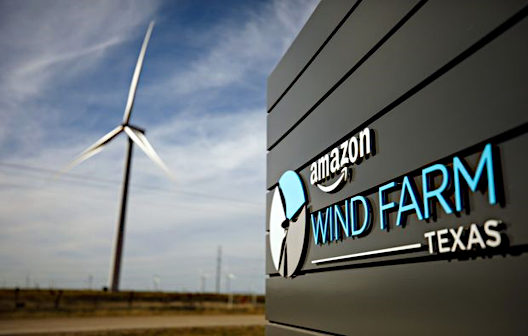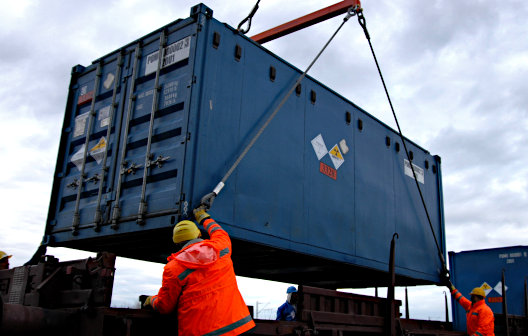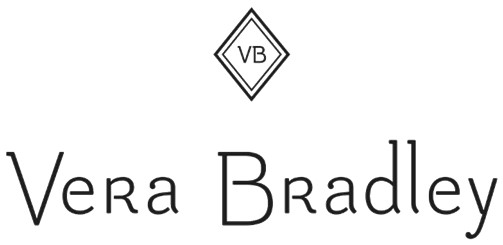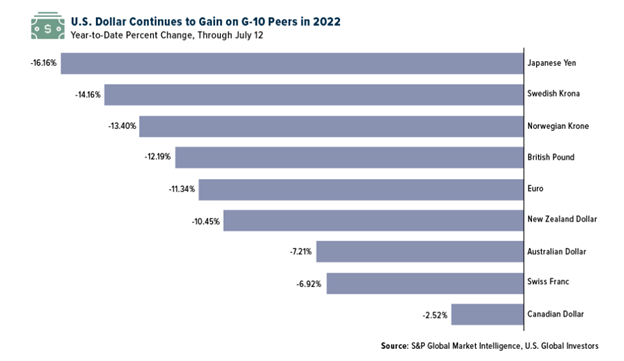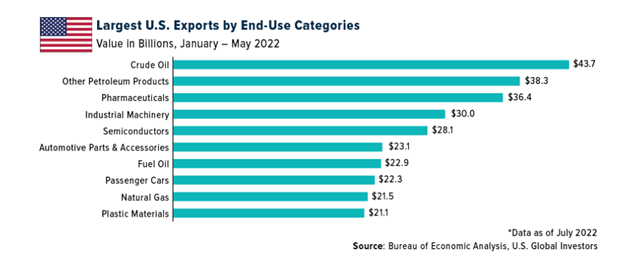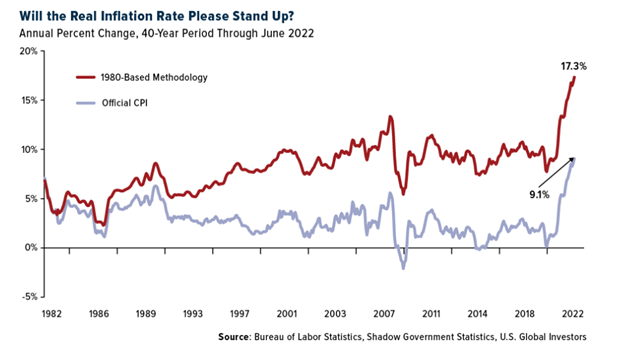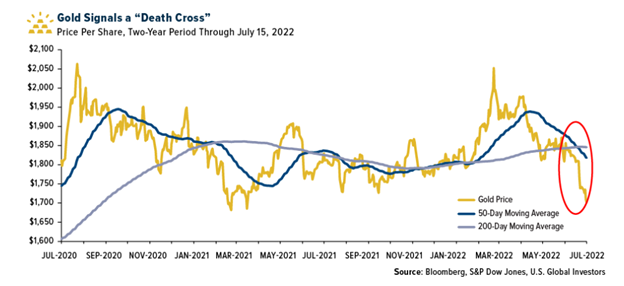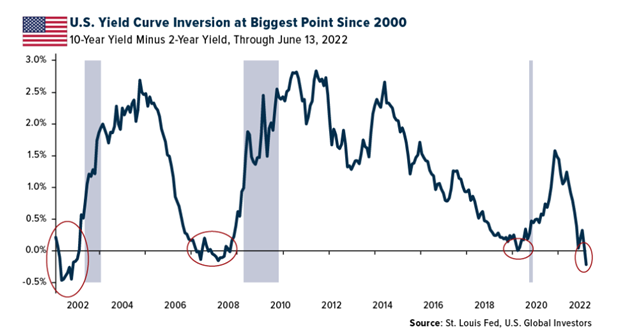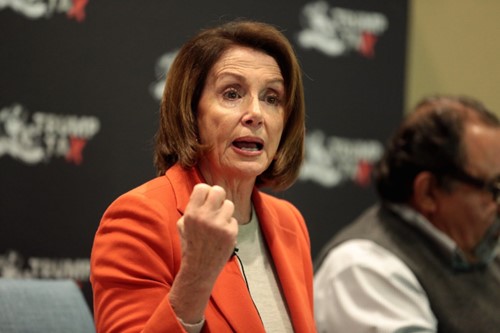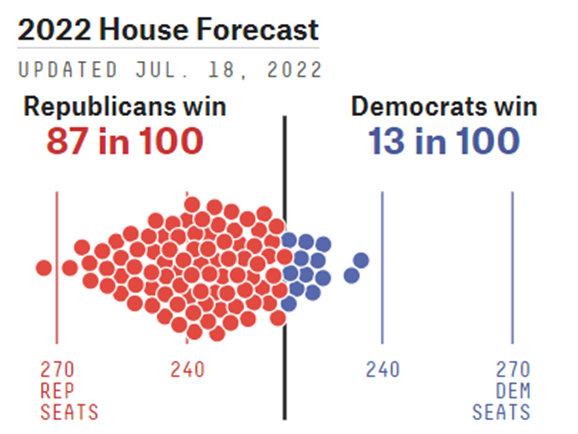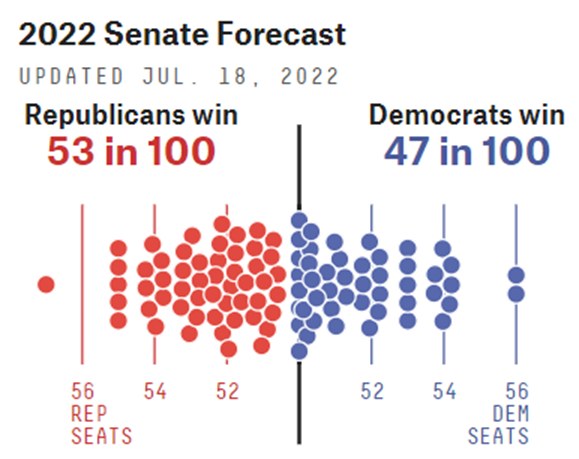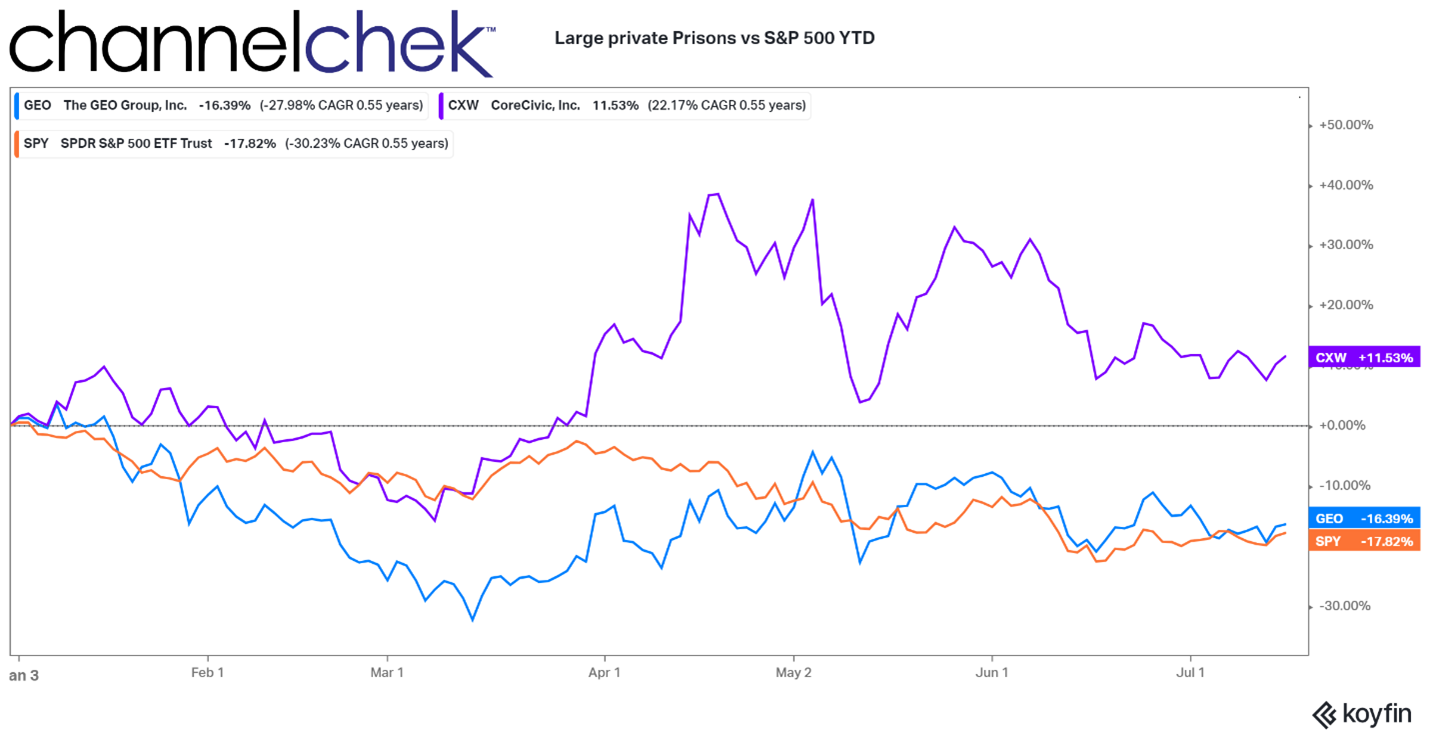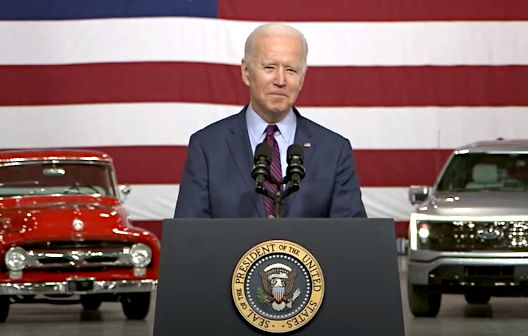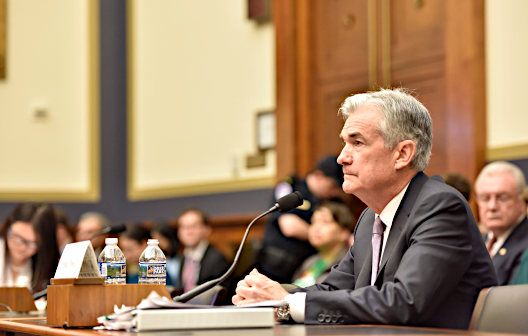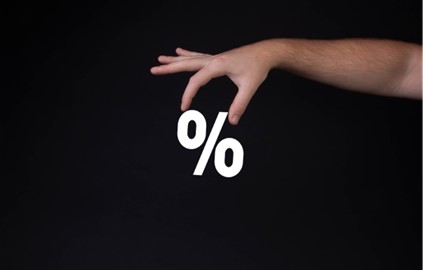
Comstock Pioneers Renewable Fuels Technology
Research, News, and Market Data on Comstock Mining
Breakthrough Unlocks Massive New Feedstock Model for Net Zero
Energy Independence
VIRGINIA
CITY, NEVADA, JULY 18, 2022 – Comstock Inc. (NYSE: LODE) (“Comstock” and the “Company”) today announced a significant expansion of its leading cellulosic technology portfolio by filing for a new patent covering breakthrough pathways to produce renewable diesel, marine, sustainable aviation fuel (“SAF”) and gasoline from woody biomass, at dramatically improved yield, efficiency, and cost in comparison to all known methods. These technology advancements enable a new sustainable feedstock capable of neutralizing a substantial share of current U.S. mobility emissions.
Renewable fuels provide a critical opportunity for decarbonization, however, most of the existing U.S. renewable fuel refineries draw from the same limited pool of constrained feedstocks. Comstock’s plans to decarbonize with renewable fuels involves abundant feedstocks that are not used today, enabling a vast untapped energy source with superior benefits.
“Our new patent covers processes and compositions that have been validated at our existing two ton per day cellulosic fuels pilot facility, verifying that our process can simultaneously produce multiple purified biointermediates that are uniquely isolated and free of the contaminants that have frustrated prior attempts at commercializing cellulosic fuel technologies,” said Corrado De Gasperis, Comstock’s Executive Chairman and Chief Executive Officer.
Based on current performance data, Comstock projects best-in-class renewable fuel yields exceeding 80 gallons per dry ton (on a gasoline gallon equivalent basis), with lifecycle greenhouse gas emissions reductions well exceeding 80% over petroleum.
“Our performance is better than the best current processes can deliver,” added David Winsness, President of Comstock’s renewable fuels business. “We achieve those results by enabling dramatically higher yields from a far more abundant feedstock, resulting in purified biointermediates that are highly amenable to producing renewable fuels using existing infrastructure.”
Comstock’s technology unlocks vast quantities of historically unused and under-utilized feedstocks. The Department of Energy’s National Renewable Energy Lab has published estimates that the U.S. produces up to 100 million tons per year of sawmill and forestry residuals alone. That biomass is sufficient to produce 8 billion gallons per year (“BGY”) of drop-in fuels by utilizing Comstock’s technology.
De Gasperis concluded, “The existing U.S. refining capacity is far greater than current feedstocks can support. We believe that our expanded technology solutions, and the magnitude of feedstocks that they enable, unblock one of the most critical supply chain constraints for providing a massive renewable fuel solution across the U.S. and global mobility markets.”
About half of America’s historical forestlands were clear cut for less productive uses. Restoring and using just about a quarter of that amount, or approximately 140 million acres, to sustainably grow, harvest, and replant fast-growing trees for use in producing renewable fuels would be sufficient to permanently neutralize more than 40% of America’s mobility emissions.
About
Comstock Inc.
Comstock (NYSE: LODE) innovates technologies that contribute to global decarbonization and circularity by efficiently converting under-utilized natural resources into renewable fuels and electrification products that contribute to balancing global uses and emissions of carbon. The Company intends to achieve exponential growth and extraordinary financial, natural, and social gains by building, owning, and operating a fleet of advanced carbon neutral extraction and refining facilities, by selling an array of complementary process solutions and related services, and by licensing selected technologies to qualified strategic partners. To learn more, please visit www.comstock.inc.
Forward-Looking
Statements
This press release and any related calls or discussions may include forward-looking statements within the meaning of Section 27A of the Securities Act of 1933, as amended, and Section 21E of the Securities Exchange Act of 1934, as amended. All statements, other than statements of historical facts, are forward-looking statements. The words “believe,” “expect,” “anticipate,” “estimate,” “project,” “plan,” “should,” “intend,” “may,” “will,” “would,” “potential” and similar expressions identify forward-looking statements but are not the exclusive means of doing so. Forward-looking statements include statements about matters such as: future industry market conditions; future explorations or acquisitions; future changes in our exploration activities; future prices and sales of, and demand for, our products; land entitlements and uses; permits; production capacity and operations; operating and overhead costs; future capital expenditures and their impact on us; operational and management changes (including changes in the Board of Directors); changes in business strategies, planning and tactics; future employment and contributions of personnel, including consultants; future land sales; investments, acquisitions, joint ventures, strategic alliances, business combinations, operational, tax, financial and restructuring initiatives, including the nature, timing and accounting for restructuring charges, derivative assets and liabilities and the impact thereof; contingencies; litigation, administrative or arbitration proceedings; environmental compliance and changes in the regulatory environment; offerings, limitations on sales or offering of equity or debt securities, including asset sales and associated costs; and future working capital, costs, revenues, business opportunities, debt levels, cash flows, margins, taxes, earnings and growth. These statements are based on assumptions and assessments made by our management considering their experience and their perception of historical and current trends, current conditions, possible future developments, and other factors they believe to be appropriate. Forward-looking statements are not guarantees, representations or warranties and are subject to risks and uncertainties, many of which are unforeseeable and beyond our control and could cause actual results, developments, and business decisions to differ materially from those contemplated by such forward-looking statements. Some of those risks and uncertainties include the risk factors set forth in our filings with the SEC and the following: adverse effects of climate changes or natural disasters; adverse effects of global or regional pandemic disease spread or other crises; global economic and capital market uncertainties; the speculative nature of gold or mineral exploration, mercury remediation and lithium, nickel and cobalt recycling, including risks of diminishing quantities or grades of qualified resources; operational or technical difficulties in connection with exploration or mercury remediation, metal recycling, processing or mining activities; costs, hazards and uncertainties associated with precious metal based activities, including environmentally friendly and economically enhancing clean mining and processing technologies, precious metal exploration, resource development, economic feasibility assessment and cash generating mineral production; costs, hazards and uncertainties associated with mercury remediation, metal recycling, processing or mining activities; contests over our title to properties; potential dilution to our stockholders from our stock issuances, recapitalization and balance sheet restructuring activities; potential inability to comply with applicable government regulations or law; adoption of or changes in legislation or regulations adversely affecting our businesses; permitting constraints or delays; ability to achieve the benefits of business opportunities that may be presented to, or pursued by, us, including those involving battery technology, mercury remediation technology and efficacy, quantum computing and advanced materials development, and development of cellulosic technology in bio-fuels and related carbon-based material production; ability to successfully identify, finance, complete and integrate acquisitions, joint ventures, strategic alliances, business combinations, asset sales, and investments that we may be party to in the future; changes in the United States or other monetary or fiscal policies or regulations; interruptions in our production capabilities due to capital constraints; equipment failures; fluctuation of prices for gold or certain other commodities (such as silver, zinc, lithium, nickel, cobalt, cyanide, water, diesel, gasoline and alternative fuels and electricity); changes in generally accepted accounting principles; adverse effects of war, mass shooting, terrorism and geopolitical events; potential inability to implement our business strategies; potential inability to grow revenues; potential inability to attract and retain key personnel; interruptions in delivery of critical supplies, equipment and raw materials due to credit or other limitations imposed by vendors; assertion of claims, lawsuits and proceedings against us; potential inability to satisfy debt and lease obligations; potential inability to maintain an effective system of internal controls over financial reporting; potential inability or failure to timely file periodic reports with the Securities and Exchange Commission; potential inability to list our securities on any securities exchange or market or maintain the listing of our securities; and work stoppages or other labor difficulties. Occurrence of such events or circumstances could have a material adverse effect on our business, financial condition, results of operations or cash flows, or the market price of our securities. All subsequent written and oral forward-looking statements by or attributable to us or persons acting on our behalf are expressly qualified in their entirety by these factors. Except as may be required by securities or other law, we undertake no obligation to publicly update or revise any forward-looking statements, whether because of new information, future events, or otherwise.
Neither this press release nor any related calls or discussions constitutes an offer to sell, the solicitation of an offer to buy or a recommendation with respect to any securities of the Company, the fund, or any other issuer.
|
Contact
information:
|
|
|
|
Comstock Inc.
P.O. Box 1118
Virginia City, NV 89440
www.comstock.inc
|
Corrado De Gasperis
Executive Chairman & CEO
Tel (775) 847-4755
degasperis@comstockmining.com
|
Zach Spencer
Director of External Relations
Tel (775) 847-5272 Ext.151
questions@comstockmining.com
|







